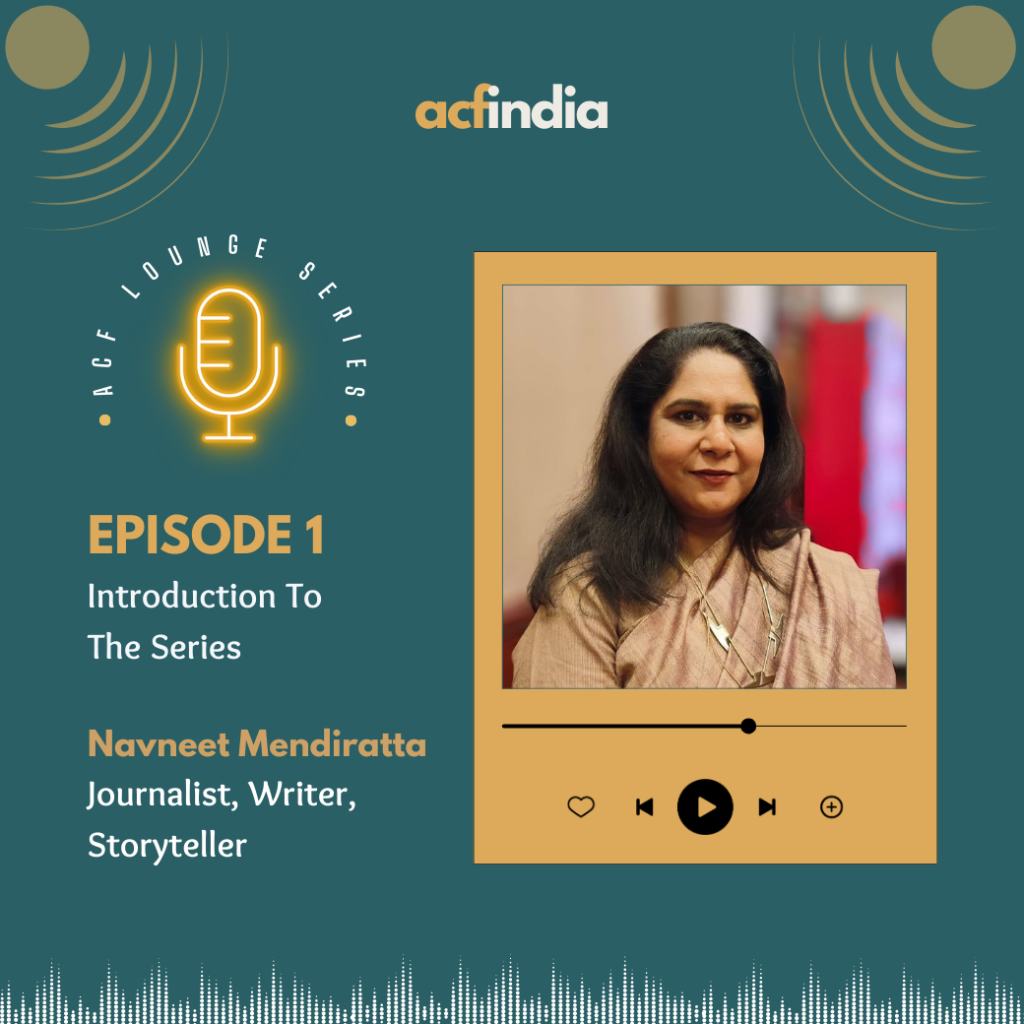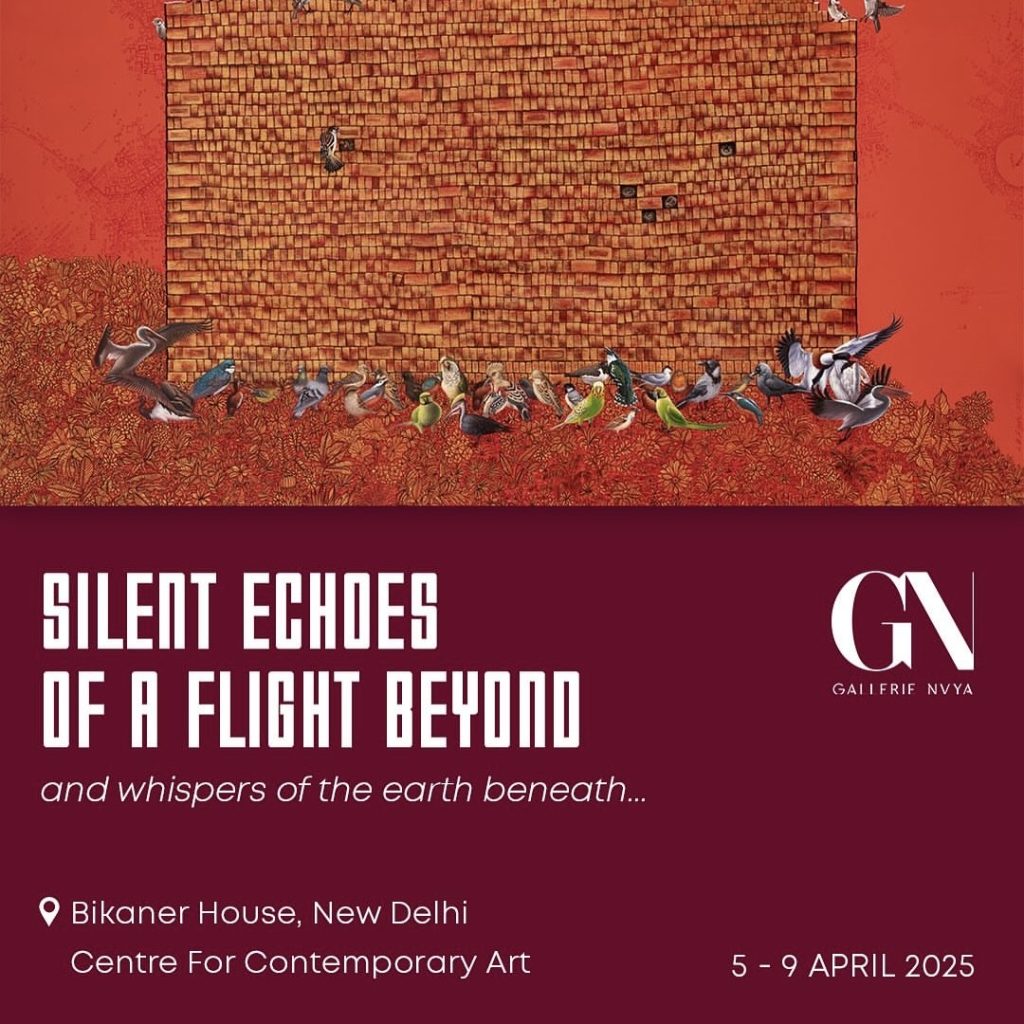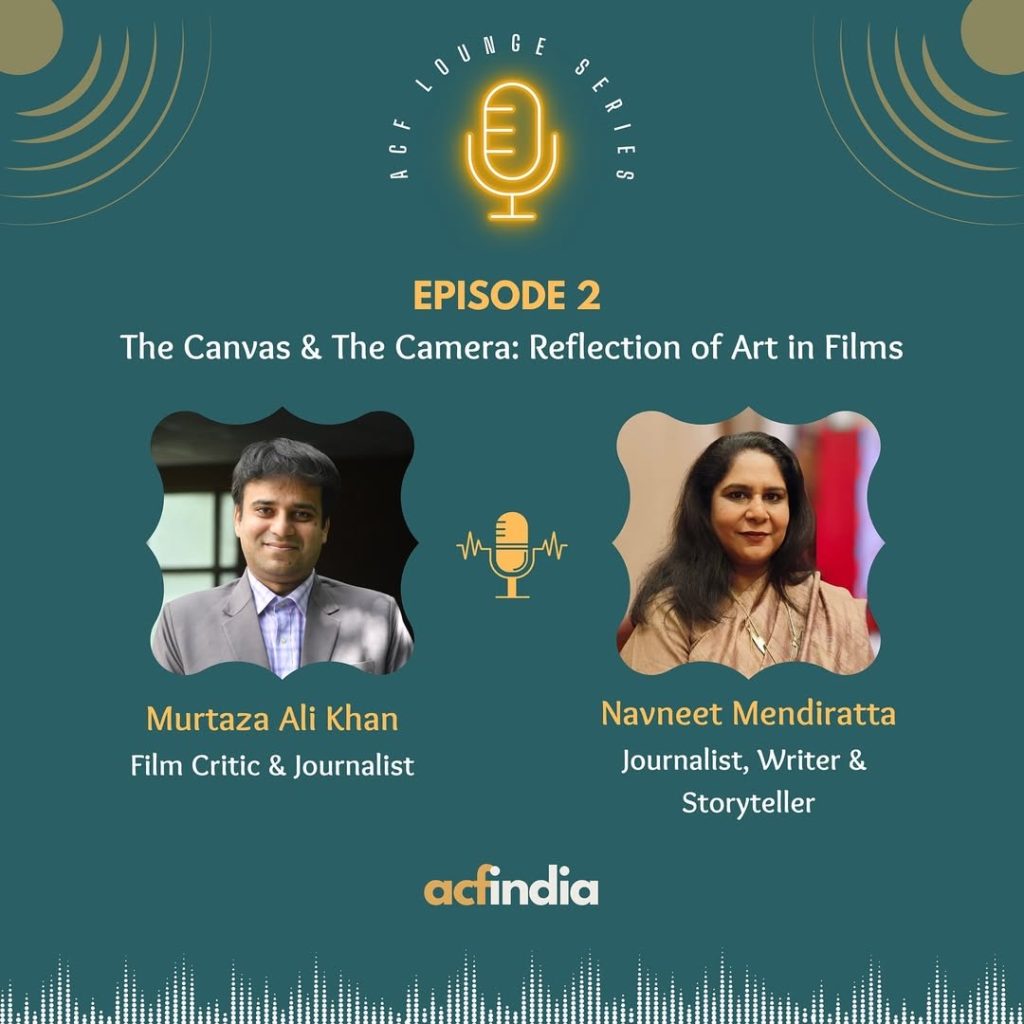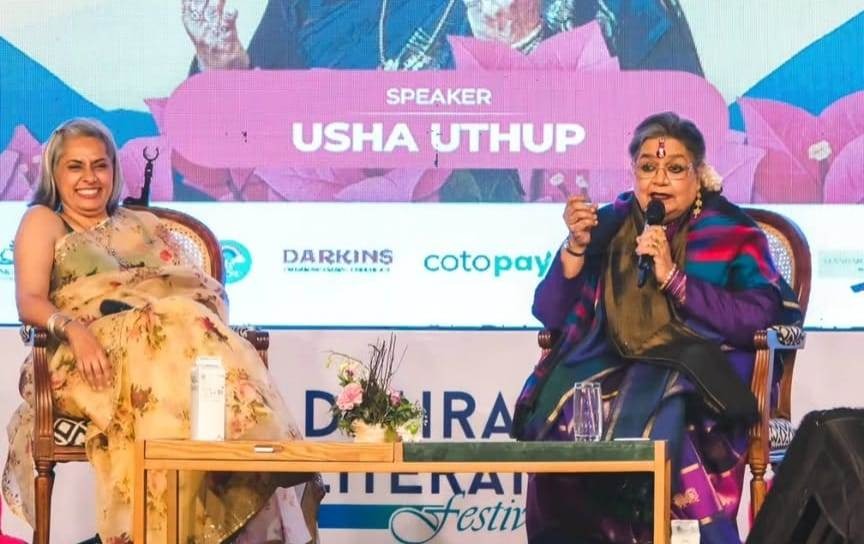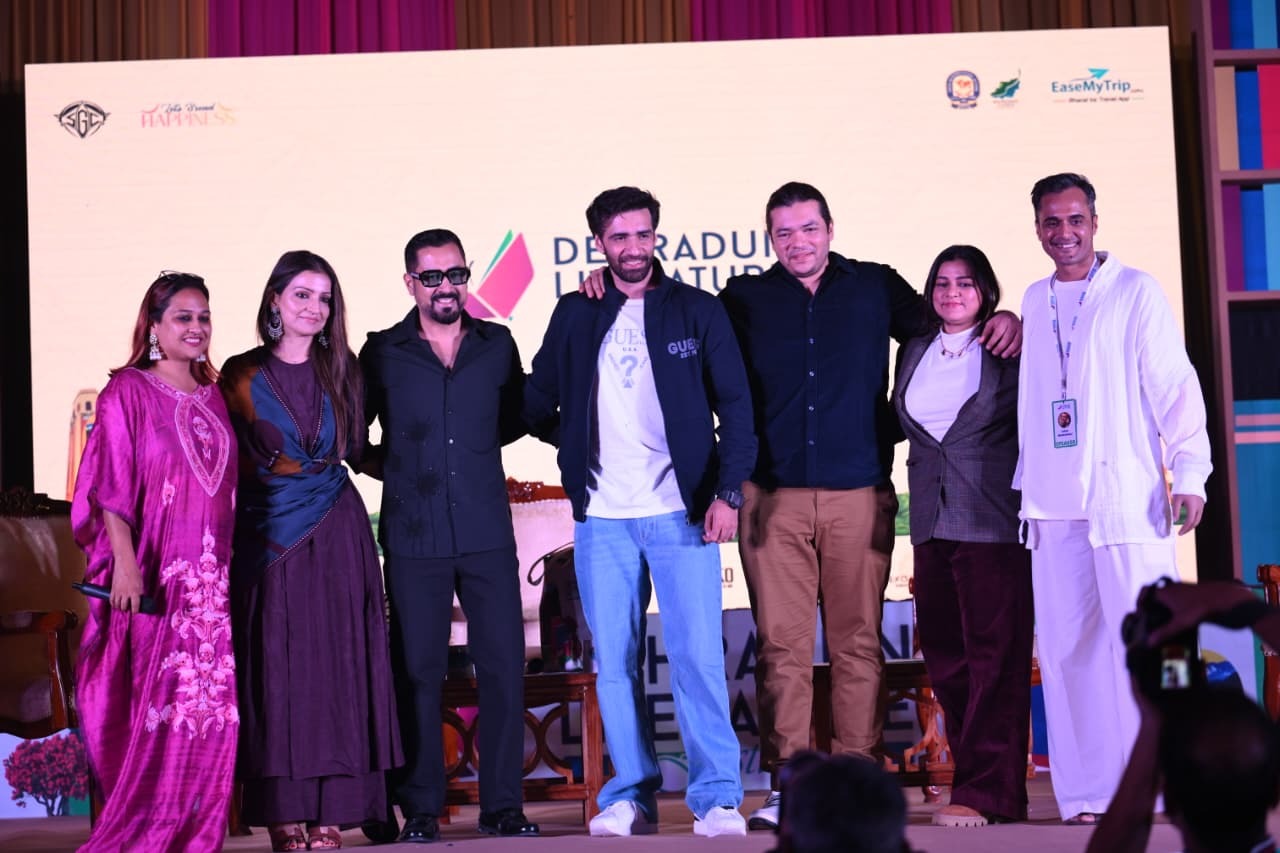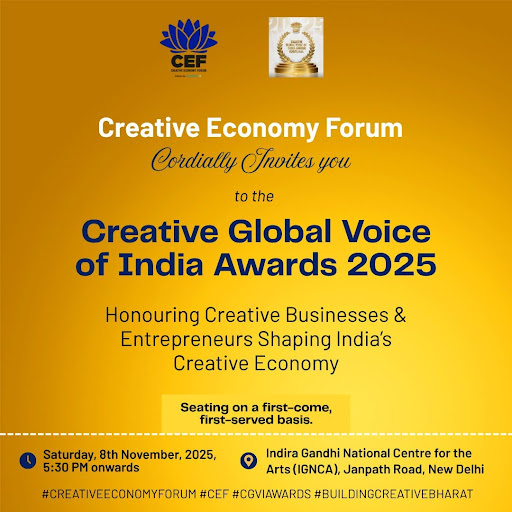Filmmaker Modhurima Sinha’s The Colour Yellow is a powerful docudrama that follows the journey of young survivor leaders from Utthan, a West Bengal-based platform for victims of trafficking. The film explores their transformation from silence to leadership, guided by the grassroots work of Uma Chatterjee and the NGO Sanjog.
Screened at global festivals like NYIFF and Melbourne Indian Film Festival, the film blends real trauma with artistic elements, including a quirky Van Gogh-inspired visual design. In this interview with Art Culture Festivals, Modhurima Sinha shares what moved her most, how collaboration shaped the film, and why women’s stories remain central to her work.
1. Your film ‘The Colour Yellow’ was able to capture the journey of survivors from Utthan beautifully. During the research or filming process, what moved you the most?
What moved me most was the deep injustice of the system, and the sheer courage and resilience these girls displayed in standing up to it.
2. The title ‘The Colour Yellow’ is intriguing. What does ‘yellow’ symbolize for you in the context of this film?
In the context of this film, yellow represents both hope and strength.
3. When the filming process started, you were shooting in silhouette; later the girls became comfortable in showing their faces. How did you earn that trust and what did that moment mean to you as a filmmaker and a woman?
Respecting their privacy was my top priority. But by the end of the first day, they chose to step into the light. As a woman and a filmmaker, it was a powerful moment—it signified that they had shed the misplaced shame, reclaiming their narrative. They were no longer victims, but survivor-leaders transforming pain into purpose.
4. You have mentioned that the survivor leaders helped in shaping the script. Could you elaborate more, going deeper into the collaborative process?
The world isn’t always easy, but there is always hope—even if it comes from just a handful of allies. Strength can grow in the most unexpected places.
5. How did you come across selecting Sauraseni Maitra for the lead role, and what was it like directing her in a role that depicts trauma and resilience?
I had seen her portray strong roles before, and when I approached her, she was fully committed—she spent an entire day workshopping with the girls. Despite having very little dialogue, she managed to embody the emotional depth of the character beautifully.
6. For the film you collaborated with Uma Chatterjee and the Sanjog team. Could you talk more about the collaboration and also tell how their grassroots work shapes the film’s authenticity?
Uma reached out to me after watching my first film on women empowerment. She felt strongly about telling these girls’ stories. Her and her team’s involvement made the process truly organic. Witnessing their workshops and dedication was eye-opening. While I was aware of the broader issues, I hadn’t grasped the depth of their fight—and their impact—until then.
7. The film has already been showcased at several international festivals, such as New York, Melbourne, and Columbia. What has the global response been like?
I made this film because I believed a positive story needed to be told—these girls are winners. The global response has been incredibly heartening, with many viewers expressing a desire to support the girls and their journey.
8. In the synopsis, you have mentioned the film adds a quirky Van Gogh element. Can you tell us more about the artistic choices that went into the film’s visual design?
The Van Gogh reference emerged organically from Sanjog and Uma’s workshops with the girls. When I first encountered their stories, I was struck by the image of how a painter from Europe had become a symbol of hope in Utthan. It beautifully reflects the power of art to transform and uplift everyday lives.
9. You have previously worked closely with personalities like Ruchira Gupta and Aparna Sen. How has such collaboration with real-life changemakers and creative networks shaped your filmmaking approach?
Immensely. They’ve inspired me with their activism. Women will always remain at the heart of my storytelling. I hope to continue working with these girls and others like them in the future.
10. Your earlier films also centre around women’s stories. How does ‘The Colour Yellow’ continue or shift that thematic focus?
At its core, The Colour Yellow is again centred around women. With women’s rights facing renewed challenges across the world—even in the West—it’s essential to keep telling these stories. The protagonists may come from different socio-economic backgrounds, but the struggles are often strikingly similar.
11. What message do you hope the audience, especially the younger viewers, take away from ‘The Colour Yellow?’
The world isn’t always easy, but there is always hope—even if it comes from just a handful of allies. Strength can grow in the most unexpected places.
The Colour Yellow is a tribute to the resilience, sisterhood, and undying spirit of survivor leaders who dared to reclaim their narratives. Through her lens, Modhurima Sinha reminds us that art can be a powerful tool- one that is capable of bringing change. As viewers, she leaves us with a message of strength and urges us to take a stand in solidarity with those brave enough to fight against injustice, for dignity, and for hope.
The film will be screened at the Habitat Film Festival on 21st May at 7PM, Gulmohar Hall, India Habitat Centre, New Delhi. It is an opportunity for audiences to witness this inspiring story on a big screen.
By Team ACF




